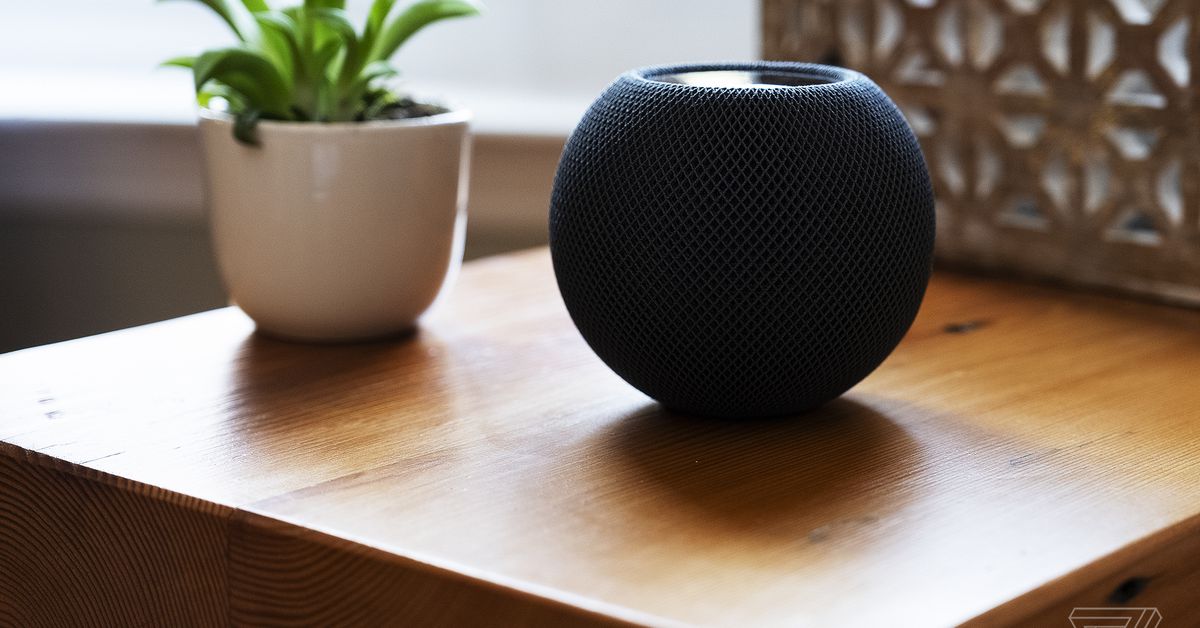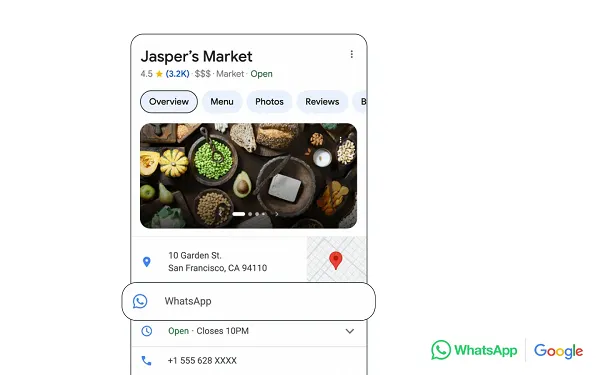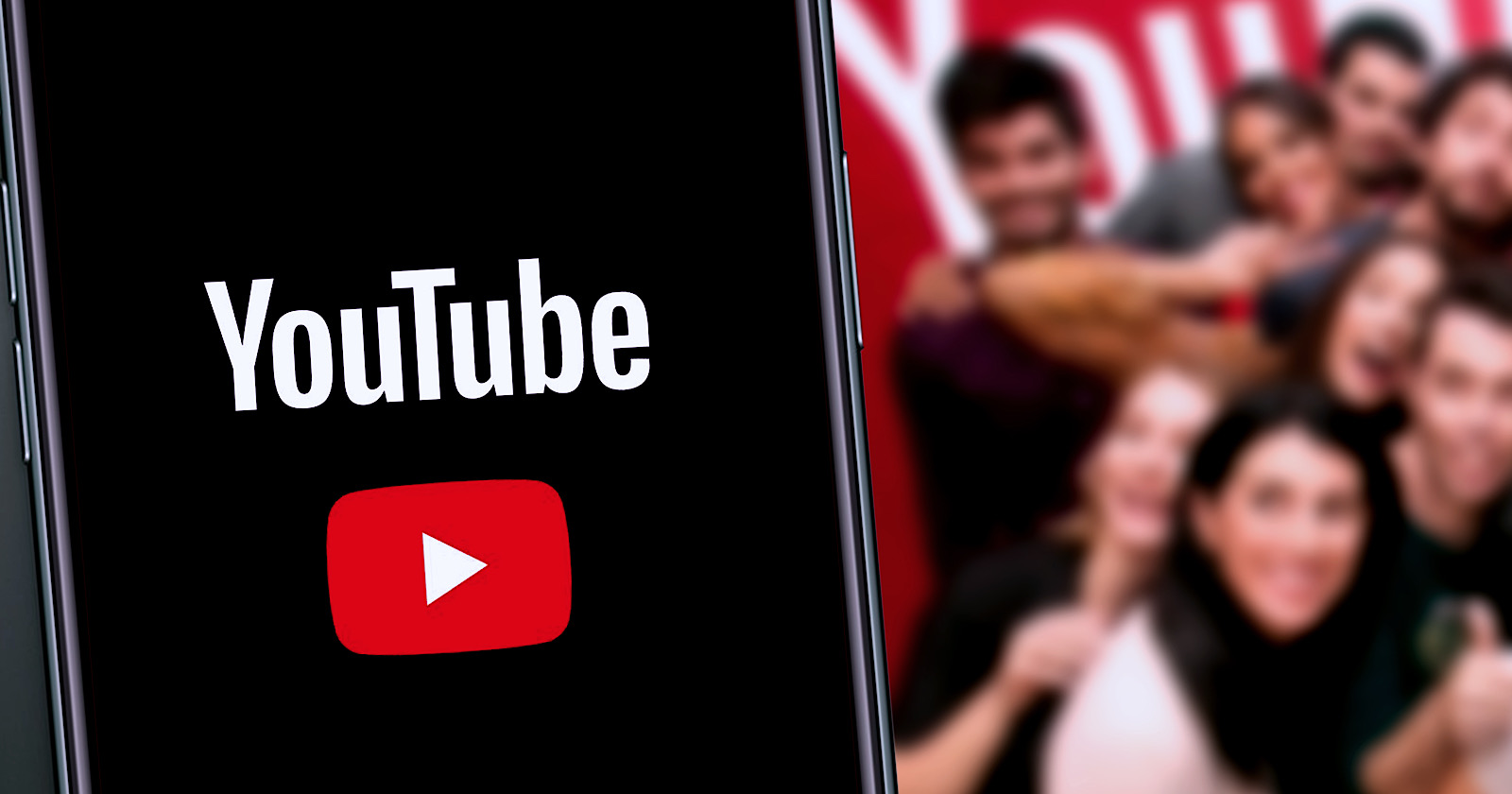Coming soon to a streaming service near you: Ads
Times Square, New York, in 2019. | Paul Rovere/Getty ImagesAds were supposed to be on their way out, replaced by subscription money. Now Netflix, Disney, and everyone else is learning to live with them. Reed Hastings was consistent, year...

Reed Hastings was consistent, year after year. Any time someone asked the Netflix CEO when he’d introduce ads to his streaming service, he insisted that it made no sense. Netflix was a better service because it didn’t have ads, he would say.
That was when Netflix was growing. Now it’s shrinking — and now Netflix says it will have ads: Last month, after announcing that his company had lost subscribers for the first time in a decade, Hastings told investors he wanted to introduce a lower-priced version of the service that would have ads “over the next year or two,” though he was unclear about the details. “I’m sure we’ll just get in and figure it out.”
There’s a lot of figuring out to do. This week, Netflix has moved up the timetable, telling employees an ad tier could roll out before the end of 2022.
All of which underscores a significant change in the way streaming video companies view their business — and how some people are going to view TV and movies. TV advertising, which seemed like it was destined to be a relic, is suddenly very much alive again, even with services that once staked their identities on the absence of ads. Last year, for instance, HBOMax started selling a lower-priced tier with ads; Disney+ is adding one of its own this year.
It’s a head-snapping turn for an industry that seemed as though it was sprinting away from ads as fast as it could — in part because it was following Netflix’s anti-ad lead. But if you step back, there are two easy-to-understand reasons why streamers are embracing ads, willingly or reluctantly:
Even in 2022, there’s an enormous amount of money in TV advertising, and it’s still growing: Media agency Zenith predicts advertisers will spend $65 billion on TV ads this year, up 4 percent from last year. Even in 2022, people still watch a lot of TV programming. But they’re increasingly watching it on streaming services on their TVs — streaming services now account for 30 percent of TV time, per Nielsen. So advertisers want to fish where the fishes are. The streaming wars are expensive to fight. All of the new services chasing Netflix are throwing billions of dollars into programming to attract and keep their subscribers. In the old days, networks and studios had multiple ways to make money from programming — ads, cable TV subscription fees, and syndication —but the new model removed all of those in favor of a single fee from consumers. Adding back ads is a way to bring in more money and/or increase profits — which are increasingly important to investors.What’s a little harder to understand is why the ad experience on streaming TV — for the people paying for the ads and the people who have to watch them — is still lousy.
Conventional TV advertisers know exactly when and where their ads run, and have at least some sense they are reaching a lot of people with a single buy. But while streaming platforms offer the promise of more data and better targeting, advertisers have to confront a confusing array of different programmers, ad-serving companies, and platforms.
Streaming TV viewers, meanwhile, will encounter unskippable ads that frequently repeat multiple times per show, and oftentimes seem randomly stitched into TV shows or movies without any rhyme or reason. They’re often way too loud — so much so that US lawmakers have proposed regulating them. All of this in a medium that was supposed to be more personalized and smarter than old-time TV. Instead, lots of it seems as dumb and scattershot as the spam in your inbox.
“We’ve taken everything the internet taught us about how to make ads shittier and brought it to TV,” says Joe Marchese, a former internet and TV ad executive (he sold his TrueX company to Fox in 2014) who now runs Human Ventures, a startup investment company.
“There is an enormous flaw between how digital ad tech has evolved and what will be needed to be successful in a TV environment,” says Dave Morgan, a longtime digital ad executive whose current company, Simulmedia, works with conventional and streaming TV advertisers.
Which makes it somewhat puzzling that Netflix, which long made ad-free streaming a core part of its brand, is now rushing into ads, seemingly without much planning and no apparent infrastructure. Ditto for Hastings’s earnings call comments suggesting he’d like to outsource much of the work to “other people [who would] do all of the fancy ad-matching and integrate all the data about people, so we can stay out of that.” That’s because most TV ad industry people I talk to argue that the worst parts of the streaming ad experience stem from the maze of middlemen that sits between advertisers and streamers, which often makes it hard to figure out where, when, and how ads end up on your screens.
None of that jibes with Netflix’s history of taking great pains to control every part of its service — from creating its own distribution system back in its DVD-by-mail days, to building out a sophisticated system to deliver streaming video. So either Hastings has a plan he’s been building out quietly, out of view of the ad industry, or he’s quickly spinning something up to shore up Netflix’s revenue and stock price. Either scenario would be surprising.
Before we go any further: If you’ve become used to ad-free streaming at places like Netflix, Disney+, and HBO, you don’t necessarily need to worry, as long as you’re willing to pay up. All of those companies either have or are working on a tiered service, where the most expensive versions will be ad-free and cheaper ones will have ads.
But many of the new — and fastest-growing — services are explicitly built to carry ads, like Comcast/NBCU’s Peacock, Paramount’s Pluto, and 21st Century Fox’s Tubi. The tech-based TV companies are increasingly interested in ad-supported streaming as well: Amazon has something called Freevee, which used to be called IMDb TV; Roku has its own free Roku channel, currently stocked with bargain-bin leftovers (and those Quibi shows you never watched) but may one day feature programming from pay TV channel Starz.
None of which is necessarily bad. Programmers argue, correctly, that ad-supported streaming can give consumers more choice about what they want to watch and how much, if anything, they want to pay for it.
And some advertisers say they’re quite happy with the advantages digital TV ads can offer. Sam Bloom, the CEO of Camelot Strategic Marketing & Media, says he’s spending around $200 million on streaming TV ads for his clients and is pleased that the tech lets him strip out some waste.
Roku, for example, uses “Automated Content Recognition” tech on its smart TVs that lets it track what people are watching, regardless of whether it’s coming from a streaming service or cable or even over-the-air TV. That may strike you as creepy, but for Bloom, it’s a plus: It allows him to not show ads to viewers that have already seen his clients’ ads, or allows him to target customers who have seen ads from his customers’ rivals.
Still, even the most optimistic digital TV booster will concede that streaming TV ads have a lot of growing up to do. “It’s in an awkward adolescent phase,” an executive at a major streaming tech company tells me. But with money rolling in, it’s not clear how that happens anytime soon. “Yes, you’ll see a bunch of tweets about how ‘I watched something and saw the ad three times and I hated this experience,’” says an executive who runs a major ad-supported streaming service. “But that person still watched it.”
Thank you very much for your feedback on my recent entries; I don’t respond to all of your notes but I do read them and will occasionally include them here. And let me know what you think about this week’s column — or anything else. You can @ me on Twitter or send me an email: kafkaonmedia@recode.net.

 Astrong
Astrong 
































